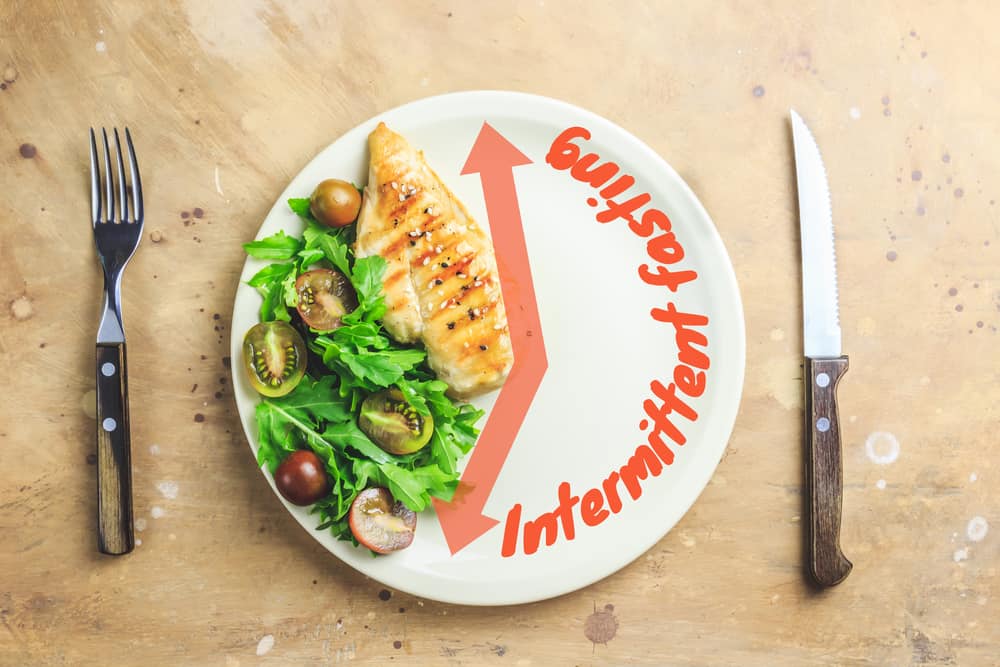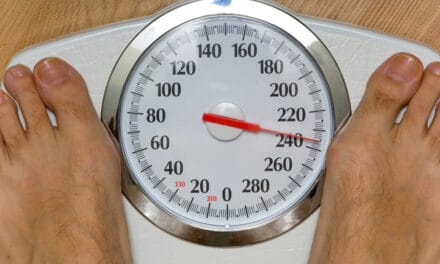During midlife, our metabolism slows, muscle mass decreases, and hormone levels go down in the middle of our lives. So, if you find yourself sipping on a Frappuccino and sinking your teeth into some delicious chocolate cake, and your spouse or friends keep telling you that you’re looking larger than usual, it’s time to go on a diet.
More and more research indicates that Intermittent Fasting can aid in weight loss. Even though it can help in weight reduction, Intermittent Fasting is not a diet. It is a time-restricted eating pattern in which you cycle between fasting and eating intervals.
Fasting duration might range from 8 to 12 hours each day. Longer, multi-day fasts are also available.
One widespread misperception regarding Intermittent Fasting is that you eat less because you fast. Because Intermittent Fasting is a time-restricted eating habit, you do not limit your calorie intake. You can consume the same number of calories.
If you’re thinking about trying Intermittent Fasting during midlife, consult with your doctor first, especially if you’re underweight or have a medical condition that might make fasting dangerous.
Table of Contents
How intermittent fasting works

Our bodies oscillate between two states: fed and fasting. Intermittent Fasting extends the period our bodies have fasted.
When you’re nourished, your body consumes energy from the food you’ve previously eaten. When you do not eat for an extended period, your body enters a “fasted state.”
Insulin levels fall during a fast. When insulin levels drop, your body uses stored energy rather than energy from recently consumed meals. It gets simpler to lose weight when your body burns stored fat instead of energy food.
In addition to burning fat, fasting causes your metabolism to speed up and your body to clean out old cells.
Set aside times to fast to assist your body in entering the fasting state.
Other health benefits

Intermittent Fasting has several other health benefits, as shown by research; these are summarized below.
Reduces oxidative damage – Free radicals are produced during normal cellular metabolism. These highly reactive chemicals harm your body. Antioxidants are one type of vitamin that can help to mitigate these effects. Fasting on alternate days lowers the presence of free radicals, resulting in reduced oxidative damage.
One component of aging in midlife is oxidative, and oxidative damage is also considered a component of aging.
It lowers inflammation – Inflammation is a topic that is frequently discussed in the media. The immune system causes systemic inflammation. This low-grade inflammation is rarely recognized, yet it has been linked to a variety of chronic illnesses. Three examples include hypertension, arthritis, and asthma. Inflammation is also the cause of lupus and inflammatory bowel disease.
The foods we eat play a crucial role in inflammation. You can minimize inflammation in your body by fasting for a longer length of time.
It may lengthen your life – Intermittent Fasting has been found to prolong the lives of rats. Reducing a mammal’s calorie consumption is the surest strategy to increase its longevity. Although studies have not been conducted long enough to determine if the impact exists in people, scientists have been able to increase the longevity of rats and mice by decreasing their food intake.
Reduces obesity and hypertension – You will eat less if you eat for a few hours each day. When you eat less, you lose weight. Intermittent Fasting also helps to lower blood pressure. This is most likely the result of a combination of weight reduction and decreased inflammation.
Obesity is linked to a wide range of illnesses, and controlling your weight is an essential aim.
Intermittent Fasting can treat or even cure type 2 diabetes – Reducing the number of times you eat each day reduces the quantity of insulin produced by your pancreas. Infrequent eating aids in the improvement of insulin sensitivity. Again, reducing weight is thought to be a factor.
The risk of getting heart disease is significantly reduced by decreasing hypertension, inflammation, and blood sugar problems. Intermittent Fasting has the potential to be that effective.
Aside from the health benefits, intermittent Fasting is very simple to adopt. You schedule specific times to eat and fast.
Here are several ways for intermittent fasting that you may use

16:8 Method – The 16:8 Intermittent Fasting strategy involves fasting for 16 hours and eating within an 8-hour time window. Some people who skip breakfast naturally adhere to the 16:8 diet. An example would be having your first meal of the day at 1 pm and allowing yourself to eat until 9 pm each day or eating breakfast but skipping dinner.
14:10 Method – A 14-hour fast with a 10-hour opportunity to eat is a more straightforward Intermittent Fasting method to follow.
20:4 Method – This Intermittent Fasting strategy involves a 20-hour fast followed by a 4-hour eating session. You can have one huge meal or two little ones in four hours.
One Meal a Day (OMAD) – Also known as the 24-hour fast, the OMAD is simple to follow: you consume only one meal each day.
5:2 Method – This fasting method consists of five ordinary eating days followed by two specified fasting days. During the two fasting days, you eat no more than 500 calories each day.
Multi-Day Fasts – You can also fast for several days at a time. If you wish to experiment with extended fasting periods, talk to your doctor.
The 16:8 or 14:10 method is a simple way to begin fasting. You limit your eating intervals by missing a single meal using these strategies. In such situations, most of your fasting period would be spent sleeping.
In Conclusion
It is important to maintain a healthy weight during midlife. Intermittent Fasting works differently for everyone. But it can be a weight-loss tool without restricting calories. Just don’t use Intermittent Fasting as an excuse to load up on junk food!
Intermittent Fasting has been found to provide a variety of health advantages. However, it is still essential to make sensible eating choices. The quality of your food is still paramount. No diet will make doughnuts and chips healthy. You are still responsible for eating healthily.
Intermittent Fasting can be a powerful tool in the fight against aging and many illnesses. Of course, you should still listen to your doctor’s recommendations.
Begin gently. For a week, forgo breakfast and any morning snacks. Give up your nighttime snacks the next week as well. Before you know it, you’ll be Intermittent Fasting during midlife.











